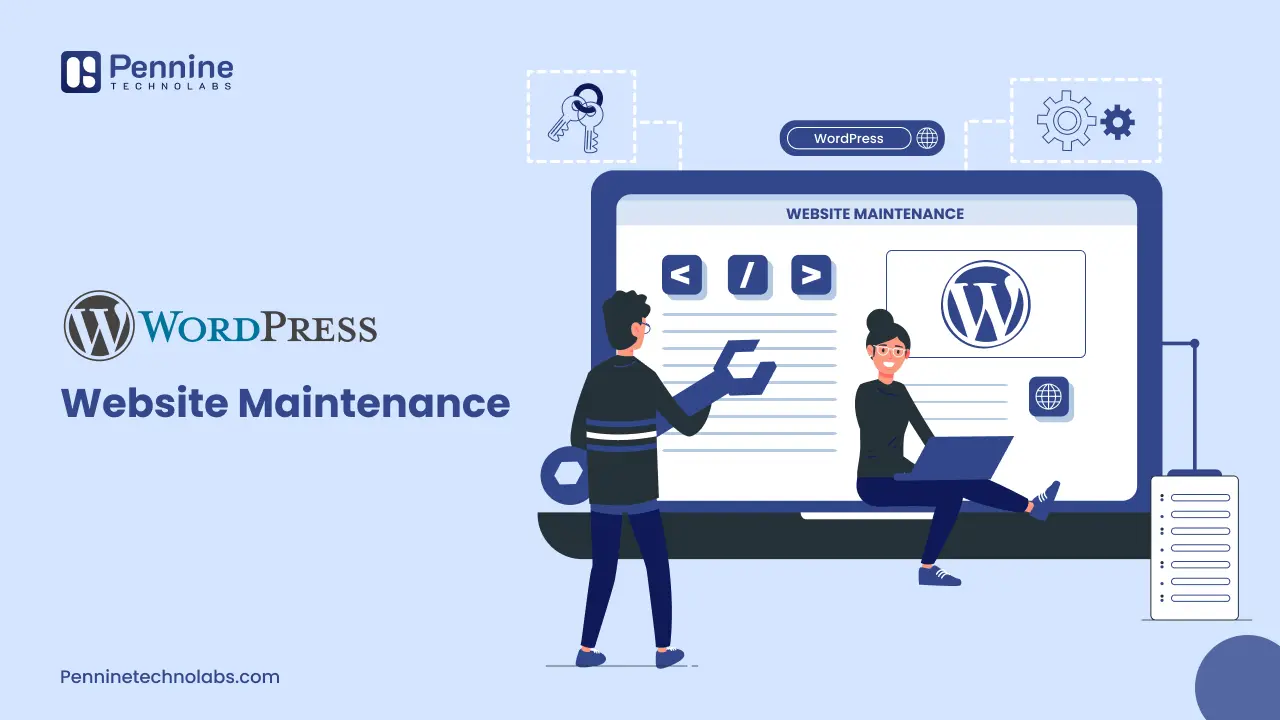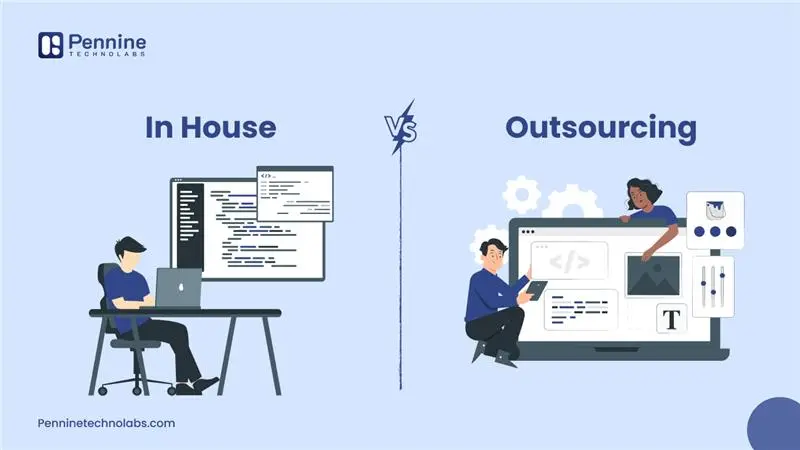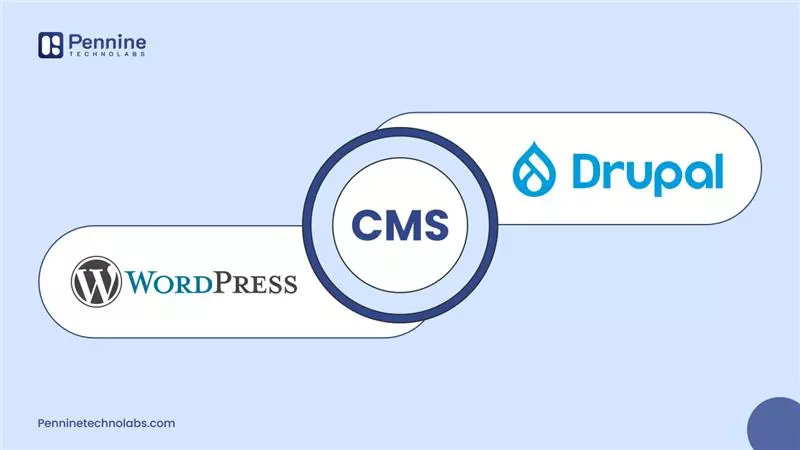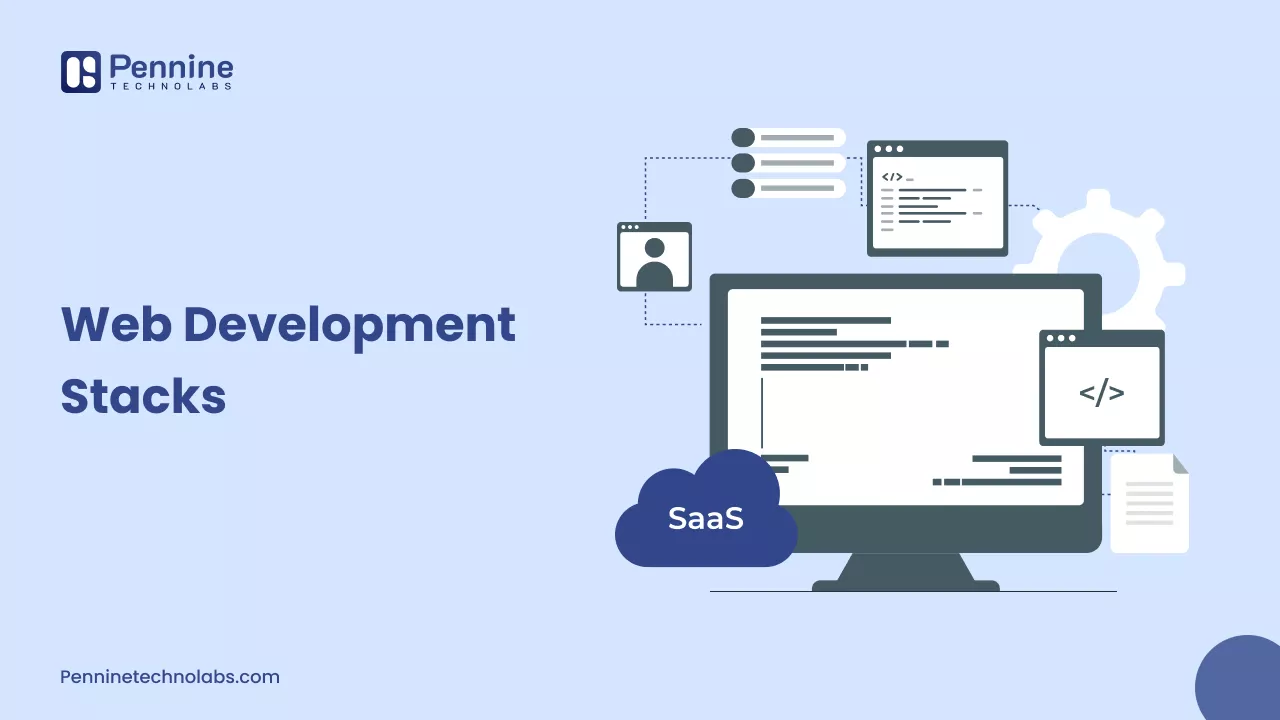Quick Summary: WordPress website maintenance includes regular updates, backups, safety checks and performance optimization to keep your site secure, faster and reliable. It ensures smooth functionality, better SEO and long-term success for your online appearance.
A WordPress website is not just about launching it and forgetting it. Like any living system, a website requires regular care to work properly, stay secure and deliver the results. The WordPress website refers to a set of maintenance running tasks that ensure that your website runs smoothly, safely, performs well, and is suitable for changes in content, software and technology.
Maintaining a website is necessary for any personal blog, business Site, or ecommerce store. In this way, the website remains risk-free, performing and updated. We undergo a set of significant aspects for WordPress maintenance and why it matters for your business, but this is not limited to just WordPress websites; it applies to any website technology that wants to perform online.
Key Aspects of WordPress Website Maintenance
Software Updates
The WordPress core, themes, and plugins receive regular updates from creators/developers to fix bugs, weaknesses, and build new features. Skipping these updates opens the door for adaptability issues and website security threats. Pennine website maintenance service keeps your website updated for a stable, faster, and safer experience.
Backups
Even the WordPress experts make mistakes, or files may be corrupted, updates can break your Site, or hackers can break your server. That is why automatic, regular backups are essential. A good WordPress website maintenance plan also includes daily or weekly backups that are safely stored and can be restored quickly in case of any emergency.
Security Scans
WordPress is a common target for cyber attack. A regular security scan can detect malware, unauthorized changes or suspected activity before it becomes a bigger threat. Firewalls, login security, and malware scanners all play a role in active defense.
Performance Optimization
Page speed and site performance are the major factors for both users and search engines. WordPress web maintenance involves customizing images, reducing server loads, minimizing scripts and using a caching tool to keep the WordPress site fast and responsive. Regular performance reviews ensure that the site adapts as traffic grows.
Content Management
Outdated content can impact the user experience and SEO. WordPress CMS maintenance reviews existing content, removing broken links, updating text and images, and ensuring that blogs, products page, and landing page are current and relevant.
Monitoring Uptime
Downtime is equal to lost opportunities. A good maintenance schedule includes uptime monitoring tools that alert you when your website is offline. This allows you to work fast before affecting visitors or revenue.
Technical Support
From plugin conflicts to server issues, technical faults can happen anytime. Access to reliable support ensures that you are not alone when problems occur. Maintenance plans to hire a WordPress developer make troubleshooting and solving issues quick.
WordPress Website Maintenance Checklist
- Monitor the daily site uptime using tools like UptimeRobot.
- Ensure that the daily automatic backup is completed and off-site stored.
- Manually backup your website weekly before update or change.
- Update the WordPress core, plugins and theme regularly.
- Scan for malware and issues using safety plugins.
- Clean cache files to rapidly load the site.
- Test all the main functionalities including forms, logins and checkout flows.
- Optimize the WordPress database to remove the cache and improve performance.
- Fix the broken link and monitor 404 errors on the website.
- Analyze the performance with GTmetrix or Google Pagespeed Insights.
- Audit all plugins and remove inactive or unused.
- Check for the theme compatibility issues after each major update.
- Review Google Analytics and Search Console for traffic and error insight.
- Testing site layout and speed on various devices and browsers.
- SSL certificate validity and HTTPS security verification.
- Check the hosting disk location and server resource usage.
- Monitor the SEO and ranking effects for your WordPress website
- Review and update user roles and permissions.
- Restore a backup to test faulty recovery readiness.
- Renewed domain name, SSL certificate and premium plugins.
- Review privacy policy and annual use conditions such as legal pages.
- Run accessibility and mobile usability tests.
- Review the design and user experience of the site for relevance and appeal.
- Documents all maintenance works done for future context.
- WordPress Plugins for automated WordPress maintenance alert.
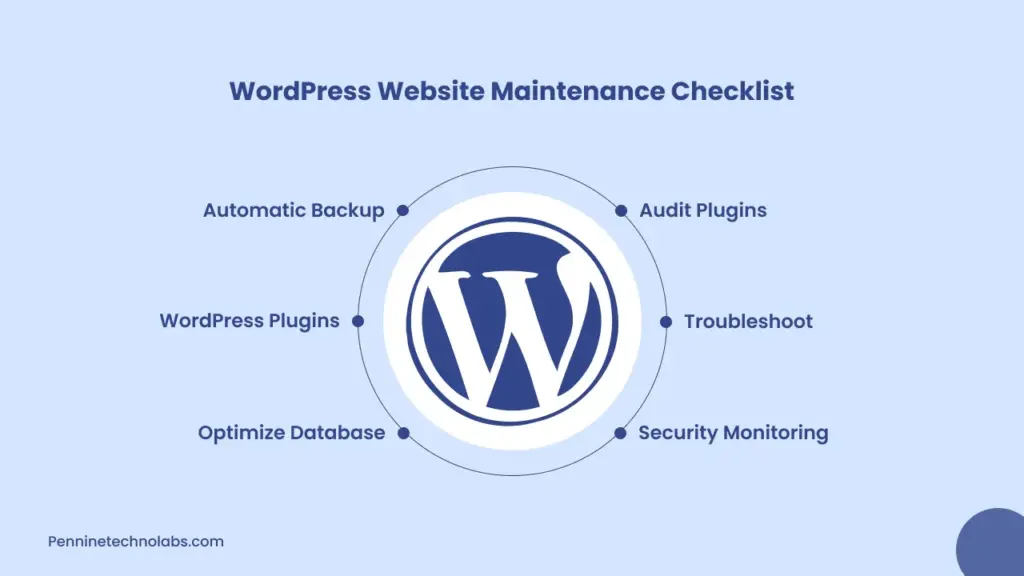
How Should You Perform WordPress Maintenance Tasks?
Here’s a checklist approach to handling WordPress maintenance:
- Weekly Maintenance Tasks
- Update themes, plugins, and WordPress core.
- Backup the website
- Clear cache
- Check for broken links.
- Monthly Maintenance Tasks
- Run a full security scan.
- Optimize database
- Analyze performance (speed, load time)
- Review Google Search Console and analytics
- Quarterly Maintenance Tasks
- Test all forms and CTAs
- Review on-page SEO and meta tags.
- Update old content and images.
- Check mobile responsiveness
- Yearly Maintenance Tasks
- Evaluate hosting performance
- Audit plugins and remove unused ones
- Redesign or refresh outdated layouts.
Automated tools like UpdraftPlus, WP Rocket, and Sucuri can help streamline these tasks, but human oversight is essential for strategy and decision-making. The top WordPress development company follows the process and checklist to offer the best for your WordPress website and keep it updated with the best WordPress team.
How to Put Your WordPress Site in Maintenance Mode?
While making major updates or debugging, it is wise to keep your site in maintenance mode to avoid confusing visitors. You can do this:
- Using plugins such as WP maintenance mode or SeedProd.
- Manually create a maintenance file in your WordPress root directory (for developers).
- A Temporary message from Functions.php File to let users know.
Plugins are the simplest way, presenting visual editors to display an inverted count to a friendly message, branding, or even relay.
When to Use WordPress Maintenance Mode?
Use maintenance mode when:
- Deploying significant updates
- Migrating servers or domains
- Redesigning or restructuring your website
- Troubleshooting performance or security issues
- Testing new features in a staging environment
It ensures users don’t experience broken pages or confusing errors during sensitive updates.
WordPress Maintenance Pricing and Monthly Plans
WordPress development and maintenance play a significant role in your Business website. The developed website may face issues after going Live and needs regular checkups. The WordPress Maintenance costs in the USA, UK, and India may differ due to skills, working culture, cost of living, and overhead expenses. White label WordPress website maintenance from India will benefit you with cost savings and high quality work. Here is the website maintenance monthly cost as per your business type:
| Plan | Starting Price | Ideal For | Key Inclusions |
|---|---|---|---|
| Starter | 49 USD / ₹2,999 | Personal and startup sites | Core + plugin theme updates, security check |
| Business | 149 USD / ₹8,999 | Small business and blogs | Speed optimization + malware fix + uptime alerts |
| eCommerce | 299 USD / ₹17,999 | WooCommerce and SaaS | Priority support + advanced security + checkout fix |
Get a Custom WordPress Maintenance Monthly Plan
Real Success from Pennine WordPress Maintenance
We recently supported Rooter Patrol Plumbing, a home services business in the USA, with continuous WordPress maintenance. Their website performance improved dramatically.
- Faster loading and secure browsing
- No downtime after implementing uptime monitoring
- Higher engagement and mobile conversions
- Stable and clean website with regular malware & backup protection
- We achieved a Page speed of 96+ in Mobile and 99 in Desktop for Rooter Patrol Plumbing with the regular WordPress maintenance in USA.
Final Thoughts
WordPress website maintenance is not a one-time task, but an ongoing task. Pennine Technolabs ensures that your WordPress website is aligned with security, fast, reliable and your brand goals.
In a digital world where users have high expectations and demand attention, a well-maintained website becomes your most powerful online asset. Whether you do it yourself or hire a web developer from India, prioritize website maintenance.
FAQs on WordPress Maintenance
How often should I perform WordPress maintenance?
Ideally, minor functions such as updates and backups should be weekly. Security scans, performance reviews and content audits can be monthly or quarterly depending on the size and traffic of your site.
Can I automate WordPress maintenance?
Yes, many tasks like backup, updates and security scans can be automated using plugins. However, manual checks by website testers are still important for quality control.
What if I do not maintain my WordPress Website?
You risk security breaches, slow performance, broken features, poor SEO rankings and overall downtime. An unpublished site can damage your reputation and give rise to lost business.
Do I need technical skills to maintain my site?
Basic functions such as updates and backups can be handled with minimal technical knowledge using plugins. For advanced maintenance such as database optimization or malware removal, hiring a wordpress developer is suitable.
Is a WordPress maintenance plan worth the cost?
Absolutely. A proper website maintenance plan prevents big expenses down the road, such as data loss recovery, security violation fixes, or full site rebuilds.
How much does WordPress maintenance cost per month?
A WordPress maintenance cost can start from $40/₹2000 depending on the website and niche. Contact Pennine to get an custom quote of your WordPress website.
